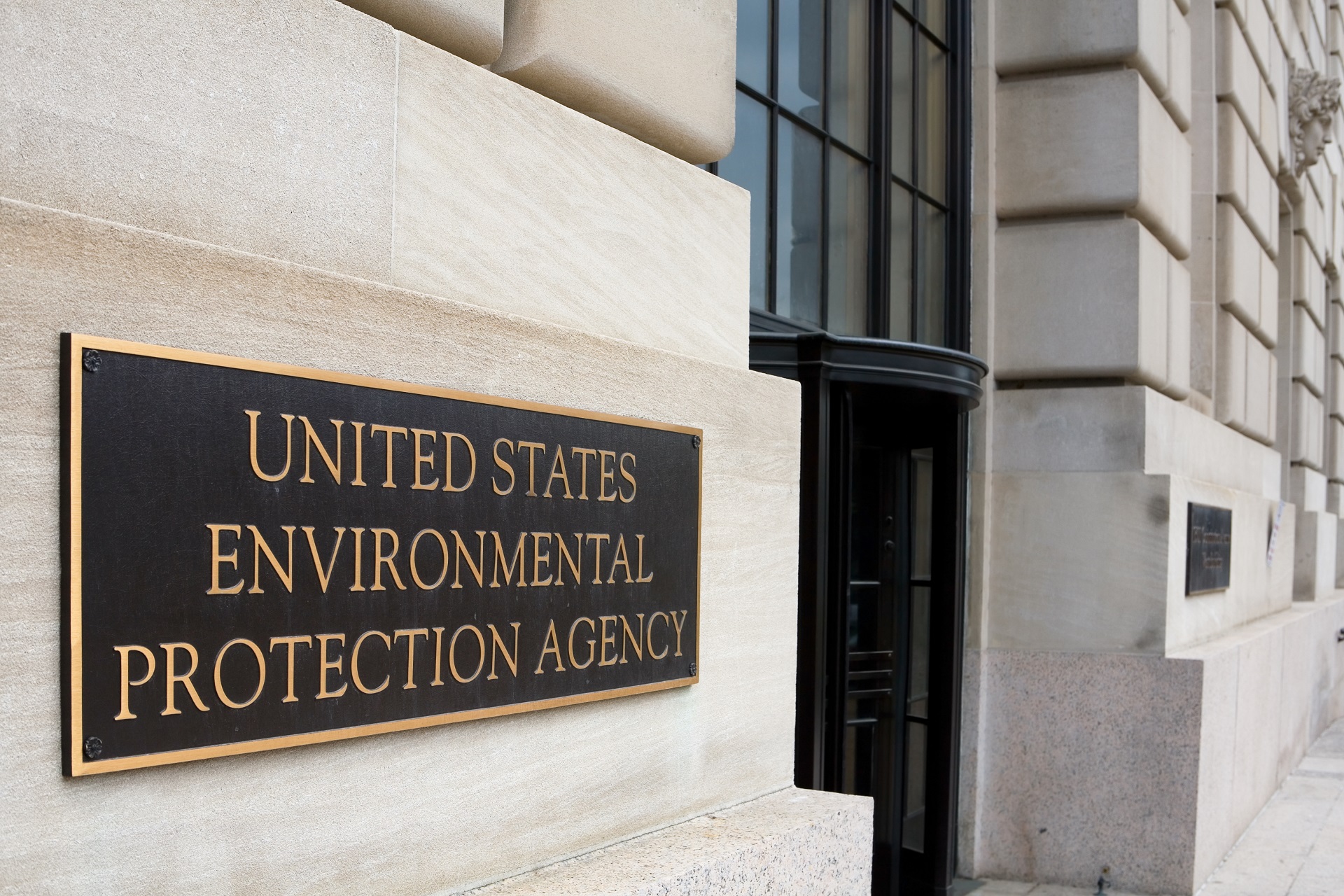U.S. EPA recently announced its intent to develop a proposed rulemaking to govern the use of blending to treat peak wet weather flows at public wastewater utilities. This isn’t the first time, the agency has started this process, but Administrator Pruitt’s comments suggest the effort may go the distance this time.
U.S. EPA has long recognized that many wastewater treatment facilities accept peak wet weather flows that exceed their available secondary or biological treatment capacity, in order to route that peak flow through primary treatment units. The peak flows, like secondary flows, are treated through disinfection to reduce bacterial levels, and are generally combined with the secondary effluent before discharge. The combined effluent complies with all applicable permit limits, including water quality-based effluent limits. However, U.S. EPA has never issued a rule that formally incorporates blending – or defines acceptable blending practices – into the federal rules.
Opponents of blending allege that peak wet weather treatment that does not include full secondary or biological treatment for all flows constitutes a prohibited “bypass” of the secondary portion of the treatment facility under 40 CFR 122.41(m) and a violation of secondary treatment standards applicable to POTWs under 40 CFR 133.102. Proponents do not agree that blending should be considered a bypass, because no flows are diverted around treatment units. All flows are subjected to treatment, in accordance with sound engineering practices. In fact, blending helps protect biological treatment systems from the “wash out” phenomenon that can occur during high wet-weather flows, which can cause treatment systems to fail. Proponents also point out that secondary treatment standards apply only at the point of discharge rather than inside the treatment plant, and generally can be met at end-of-pipe by POTWs that blend for peak wet weather treatment.
U.S. EPA has wrestled with blending in the past, clarifying in 2003 that blending is allowed under many circumstances, and then in 2005 seeking comment on a policy that would have classified blending as a bypass. Neither policy was officially adopted. Since then, various U.S. EPA regions and state agencies have taken differing approaches to the blending issue in permits. As it develops a new rule on the issue, U.S. EPA intends to conduct a robust outreach effort to states, local communities, and other stakeholders. U.S. EPA is conducting this stakeholder outreach in the near term, but intends – as in 2003 and 2005 – to seek public comment on a proposed rulemaking in the future.
For those utilities who rely on blending as a valuable tool in managing peak flows, participation in these outreach efforts may be especially important. Our experience suggests this Administration does consider industry concerns when developing its policies and rules. Therefore, affected utilities are encouraged to participate, to ensure that U.S. EPA understands the legal and scientific support for blending practices. Information that may be most useful to U.S. EPA is the variety of ways in which treatment plants address their wet-weather flows, so agency staff take into account those complexities as they make decisions with regard to a blending rule.














